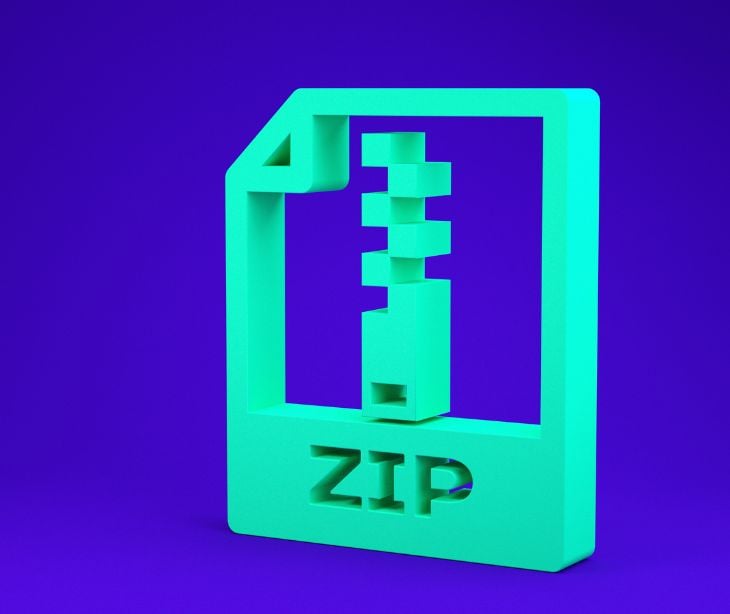2 min read
Email file compression techniques: Are they HIPAA compliant?
Kirsten Peremore
April 27, 2024

While email compression itself is not directly a HIPAA compliance measure, when used as an additional practice within an organization that prioritizes compliance practices, it can be HIPAA compliant.
What is email compression?
A Science Progress study defines email compression as “... a technique to reduce the size of data and address issues related to storage and transfer.”
Email compression is designed to reduce the size of email messages and attachments, enabling faster transmission and more efficient storage. Initially conceptualized in the early days of the internet, email compression uses algorithms that minimize the data size of emails without losing the content.
The purpose of email compression extends beyond mere speed enhancement; it also helps conserve bandwidth. This helps users with limited internet resources or those handling large volumes of emails. By reducing file sizes, it alleviates the burden on email servers, leading to cost savings and improved system performance.
See also: Why tracking email read receipt data can be useful in healthcare
The types of email compression
- Lossless compression: This type of compression reduces the size of an email and its attachments without any loss of information. When the file is decompressed, it returns to its original form exactly as it was before compression. Common lossless compression algorithms include ZIP, GZIP, and BZIP2.
- Lossy compression: Used primarily for multimedia files like images and videos, lossy compression reduces file size by permanently removing less critical information. Formats such as JPEG for images or MP3 for audio are examples where lossy compression might be used within emails.
- Dictionary-based compression: This method involves replacing repeated strings of data within a file with shorter, placeholder references based on a dictionary that is constructed from the input data. LZW (Lempel-Ziv-Welch) is a popular dictionary-based algorithm used in formats like GIF and also in software like WinZIP.
- Run-Length Encoding (RLE): RLE is a simple form of data compression where sequences of the same data value occurring in many consecutive data elements are stored as a single data value and count. It is particularly efficient for data containing many such sequences.
- Hybrid compression: Hybrid techniques combine elements of both lossy and lossless compression to optimize both data integrity and compression ratio. For emails, this might mean using lossy compression for images within an attachment while using lossless compression for the text content of the email.
- Real-time compression: In some cases, email systems implement real-time compression where data is compressed just before transmission and decompressed immediately upon receipt.
Is email compression HIPAA compliant?
Email file compression can comply with HIPAA if it's set up correctly. HIPAA requires that any patient information sent over the internet must be well protected against unauthorized access.
Organizations often use lossless compression along with encryption when they send emails containing patient information. Lossless compression makes files smaller without losing any data, which speeds up transmission without sacrificing quality. Encryption can be achieved easily in healthcare organizations by making use of HIPAA compliant email services with built in protection, like Paubox.
However, just compressing and encrypting the email is not enough to meet HIPAA standards. Healthcare organizations also need to implement strict controls to make sure only authorized people can access patient information. This includes using secure methods to verify identities, limiting access to the data to only those who need it, and monitoring how the data is handled.
See also: Top 12 HIPAA compliant email services
FAQs
What is HIPAA?
It is law designed to provide privacy standards to protect patients' medical records and other health information provided to health plans, doctors, hospitals, and other health care providers.
What is the recommended form of encryption for emails?
The recommended form of encryption for HIPAA compliant email is TLS 1.2 or higher.
Can file compression affect the quality of files sent?
Lossy compression can affect the quality of files by permanently removing some data, while lossless compression does not affect file quality as it allows the original data to be perfectly reconstructed.
Subscribe to Paubox Weekly
Every Friday we'll bring you the most important news from Paubox. Our aim is to make you smarter, faster.




